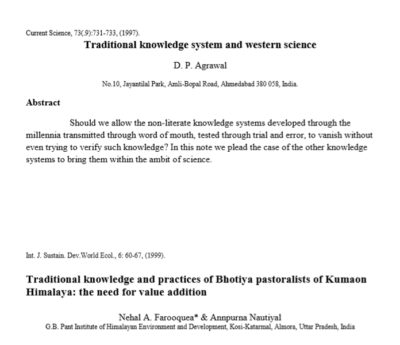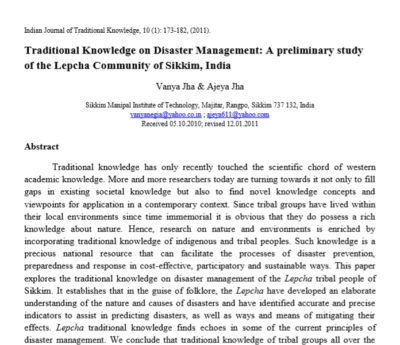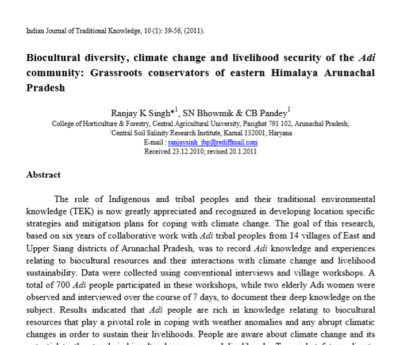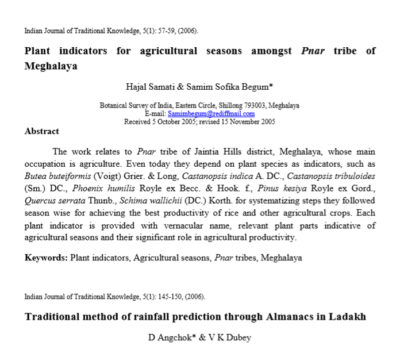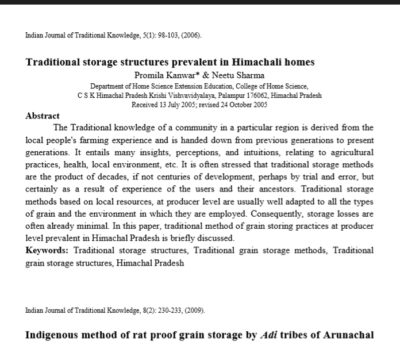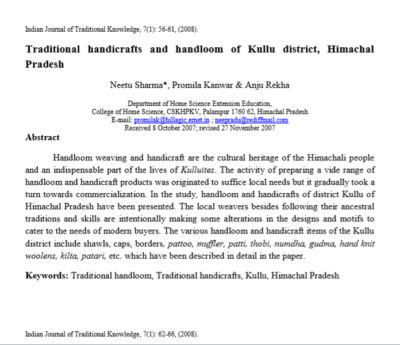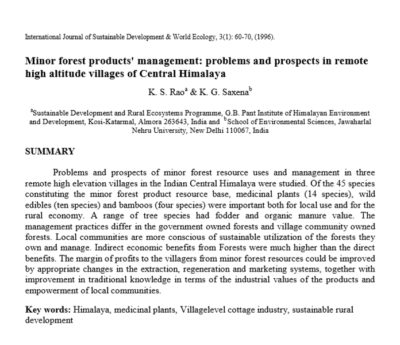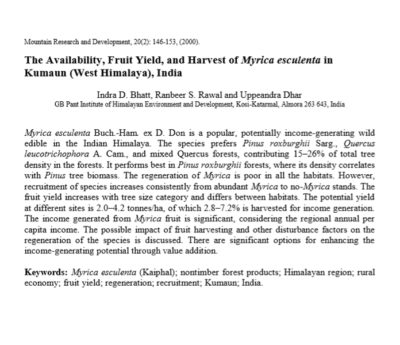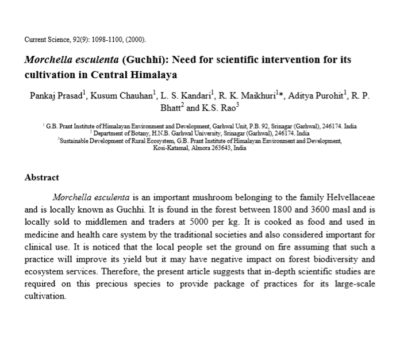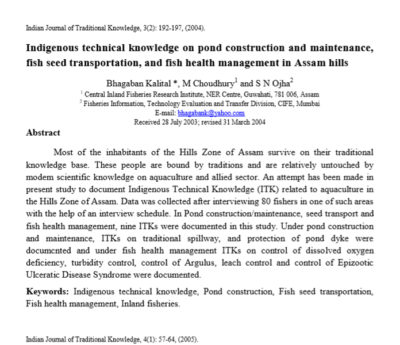Traditional knowledge system and western science
Should we allow the non-literate knowledge systems developed through the millennia transmitted through word of mouth, tested through trial and error, to vanish without even trying to verify such knowledge? In this note we plead the case of the other knowledge systems to bring them within the ambit of science.


